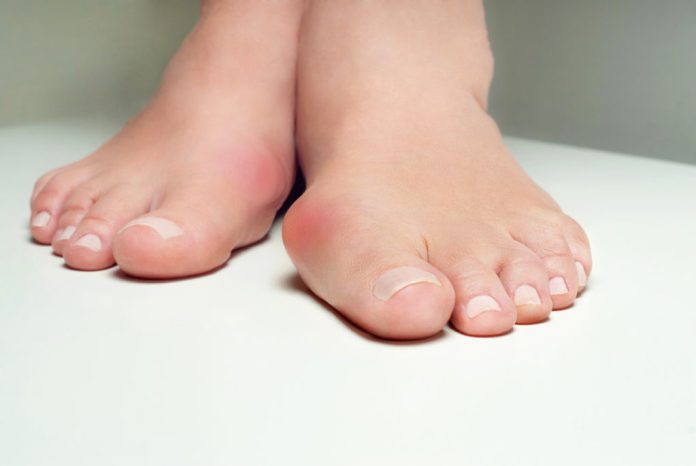Masezza.com – Having abnormally bent toes or structural misalignment of the foot can cause pain when participating in favorite activities. These types of foot deformities will only worsen over time, and the symptoms will increase as the deformity progresses. Early diagnosis and treatment are vital to alleviating pain and improving the quality of your life. Foot and toe deformities may be treatable, though. There are many treatment options for this condition, including physical therapy, pain-relieving medications, and surgery to correct damaged joints.
This painful condition is often caused by shoes that don’t fit properly
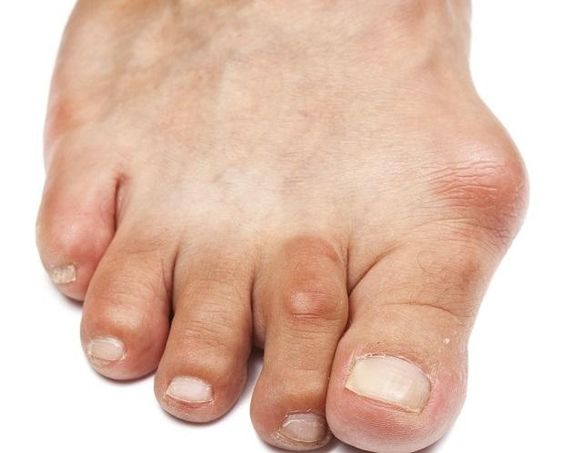
The most common foot and toe deformity is bunion, which affects women nine times more than men. This painful condition is often caused by ill-fitting shoes, and it is essential to seek treatment early on to prevent further damage. Hammertoes are another common foot deformity caused by tendon imbalance. Other factors that increase the risk of hammertoes include excessively long toes, flat feet, and high arches.
The treatment for foot and toe deformities depends on the underlying cause of the deformity. Conservative measures may include wearing specially designed shoes with an enlarged toe box to prevent skin breakdown and preventing the condition from worsening. Other conservative measures include avoiding tight, narrow, or high heels. If conservative measures do not work, surgical intervention may be the only option. Surgical correction helps realign the toe to its natural position, and restores range of motion and comfort.
This condition can be painful and may lead to corns
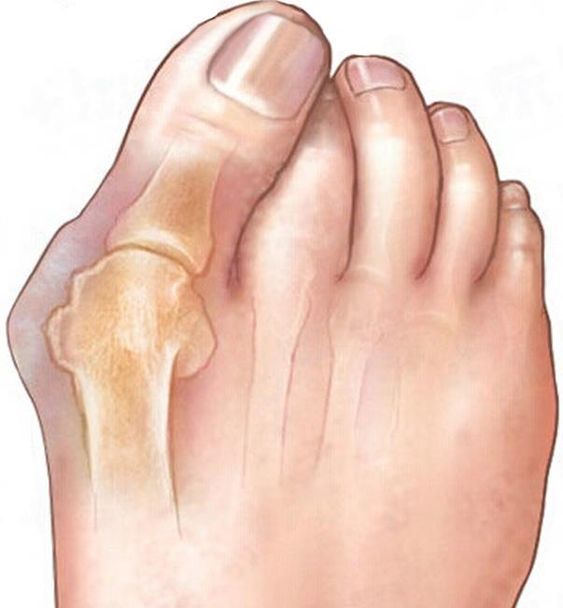
Hammertoe is a common toe deformity caused by an abnormal bend at the middle joint. The toes may be inflexible and develop calluses and corns. The condition can be painful and may cause corns. If left untreated, hammertoe can progress to a bunion, which is an outgrowth of bone at the base of the big toe. If left untreated, hammertoe can lead to other foot deformities, including arthritis.
Hammer toe is a deformity where the toe is twisted upwards at the middle joint. The toe cannot lie flat and is painful. It is more common in women than men, and typically affects the second or third toe. Another form of hammer toe is known as claw toe. This deformity is often caused by wearing shoes that are too tight. It can also be caused by underlying medical conditions.
Treatment for claw toes includes surgery or splinting to hold the toes together
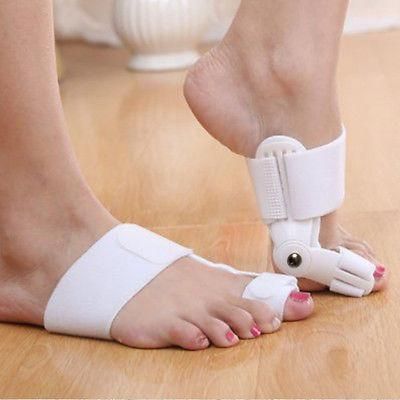
If the problem is not caught early, the condition may be treatable with a splint. While the condition can be repaired, the toes become harder over time. Treatments for claw toes include surgery or splinting to hold the toes in the correct position. Similarly, clubfoot is a common deformity affecting the foot. It affects the toes and the heel of the foot. Clubfoot can be corrected without surgery and is common among newborns.
Some of these conditions can cause discomfort and interfere with your everyday life. Pain in the feet can make it difficult to wear favorite shoes and to walk long distances. You may also experience pressure sores or calluses on the affected areas. Misaligned bones and tendons can also cause osteoarthritis. Eventually, the condition can cause pain to other parts of the body. If you have a foot deformity, seek treatment immediately to alleviate any discomfort.
If not treated, the deformity may recur
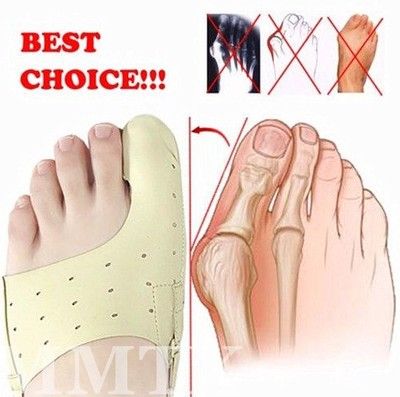
Hallux rigidus and curly toe deformities may require surgery to correct. Early detection and treatment make this type of toe deformity easier to correct. Treatment may involve the use of splints or tape to hold the toes in the correct position. If left untreated, the deformity may recur. This is because of the tendency for them to grow back at a slower rate than their original length.
Some of the most common foot and toe deformities are not painful. For example, Charcot joint deformity is the result of loss of pressure sensation in the foot. This type of deformity often isn’t painful at first but becomes painful later due to bone damage. Self-diagnosis of Charcot joint deformity can be done easily with the help of a device called Buoy Assistant.

